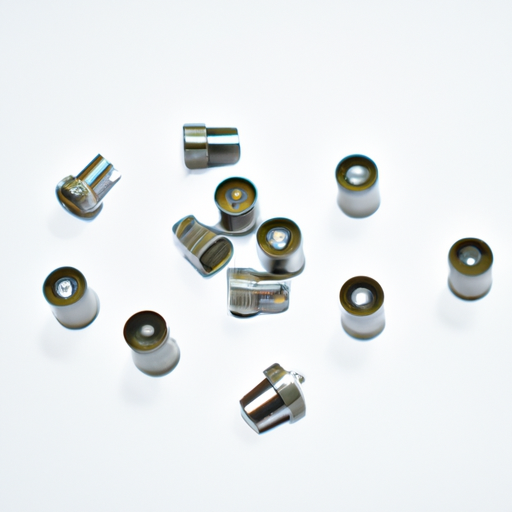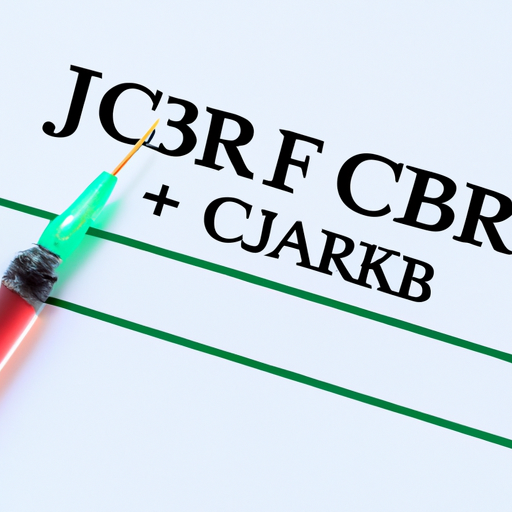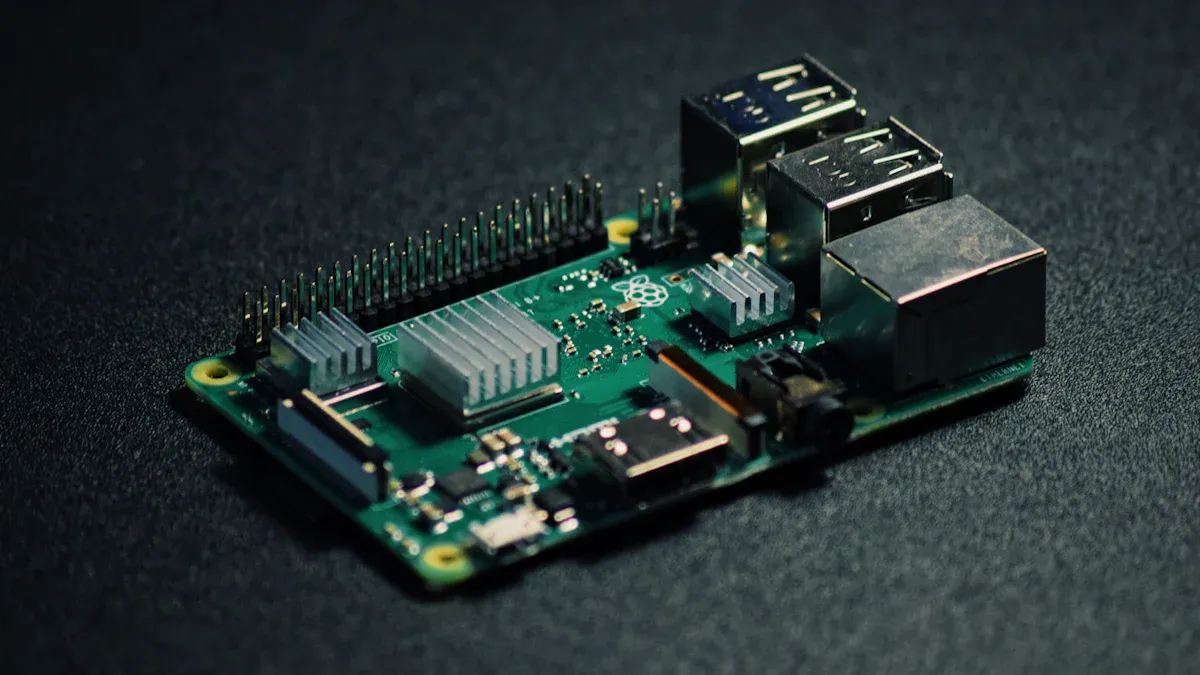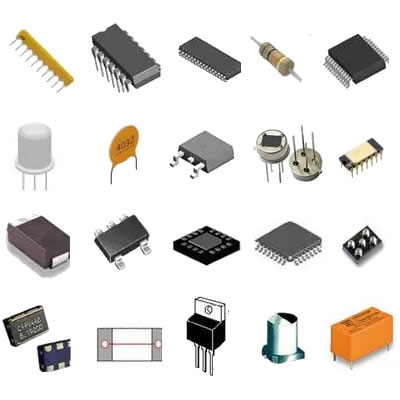An article will help you understand what MM74HC4020N is
An article will help you understand what MM74HC4020N is
The MM74HC4020N is a high-speed binary counter integrated circuit. You can use it to count pulses or divide frequencies in digital systems. It operates efficiently in timing and signal processing applications. Its design ensures compatibility with modern digital circuits, making it a reliable choice for engineers and hobbyists alike.
Key Takeaways
- The MM74HC4020N is a fast binary counter. It counts pulses and splits frequencies, helping in digital systems.
- It works well with voltages from 2V to 6V. This makes it fit for many low-power and regular uses.
- This handy part makes circuit designs easier. It is great for timing, splitting frequencies, and handling signals.
Technical Overview of MM74HC4020N
### Key Specifications
The MM74HC4020N is a versatile binary counter with impressive technical features. It operates within a supply voltage range of 2V to 6V, making it suitable for various digital applications. This device uses a negative edge trigger and supports asynchronous reset functionality. Its compact 16-PDIP package ensures easy integration into your circuit designs.
Here’s a quick overview of its key specifications:
| Specification | Value |
|------------------------------|---------------------------|
| Voltage - Supply | 2 V ~ 6 V |
| Trigger Type | Negative Edge |
| Supplier Device Package | 16-PDIP |
| Series | 74HC |
| Reset | Asynchronous |
| Package / Case | 16-DIP (0.300", 7.62mm) |
| Operating Temperature | -40°C ~ 85°C |
| Number of Elements | 1 |
| Number of Bits per Element | 14 |
| Mounting Type | Through Hole |
| Logic Type | Binary Counter |
| Direction | Up |
| Count Rate | 50 MHz |
Voltage Range and Power Requirements The MM74HC4020N operates efficiently within a supply voltage range of 2V to 6V. This flexibility allows you to use it in low-power and standard digital systems. Its power consumption remains minimal, ensuring energy efficiency in your designs. The device performs reliably across a wide operating temperature range of -40°C to 85°C, making it suitable for both industrial and consumer applications.
Pin Configuration and Logic Family This binary counter belongs to the 74HC logic family, known for its high-speed CMOS technology. The MM74HC4020N features a 16-pin configuration, with each pin serving a specific function. For example, the input clock pin receives the signal to be counted, while the output pins represent the binary count. Its through-hole mounting type simplifies the assembly process, especially for prototyping and testing.
Functionality of MM74HC4020N
### Binary Counter Functionality
The MM74HC4020N works as a binary counter, which means it counts pulses in binary form. Each pulse received at the clock input increments the count by one. The output pins represent the count in binary, with each pin corresponding to a specific bit. For example, the first pin represents the least significant bit, while the last pin represents the most significant bit. You can use this feature to track events or measure time intervals in your circuits.
Signal Processing and Frequency Division This device also excels in signal processing tasks. It divides the frequency of an input signal by powers of two. For instance, if the input signal has a frequency of 1 MHz, the first output pin will produce a signal with a frequency of 500 kHz, the second pin 250 kHz, and so on. This makes the MM74HC4020N ideal for applications requiring frequency division, such as clock generation or waveform shaping.
Role in Digital Circuits You can integrate the MM74HC4020N into various digital circuits to enhance their functionality. It plays a crucial role in timing circuits, where precise counting and frequency division are essential. Additionally, it simplifies the design of communication systems by providing reliable frequency division. Its versatility ensures compatibility with a wide range of digital applications, making it a valuable component for engineers and hobbyists.
Applications of MM74HC4020N
### Use in Timing Circuits
You can use the MM74HC4020N in timing circuits to achieve precise time measurement. Its binary counting capability allows you to track time intervals accurately. For example, you can design a timer circuit by connecting the output pins to LEDs or other indicators. Each LED will light up after a specific number of clock pulses, helping you visualize the passage of time. This feature makes the MM74HC4020N a valuable tool for creating delay circuits or event counters in your projects.
Frequency Division in Communication Systems The MM74HC4020N plays a critical role in communication systems by dividing frequencies. Many communication devices require signals with specific frequencies to function correctly. You can use this device to reduce a high-frequency signal to a lower, more manageable frequency. For instance, it can generate clock signals for microcontrollers or synchronize data transmission between devices. Its ability to divide frequencies by powers of two ensures consistent and reliable performance in these applications.
Other Common Use Cases in Electronics This versatile component finds applications in various other electronic systems. You can use it in waveform generation circuits to create square waves or other patterns. It also works well in digital clocks, where precise counting and timing are essential. Hobbyists often include the MM74HC4020N in DIY projects to simplify complex designs. Its compatibility with modern digital circuits ensures it remains a popular choice for both beginners and experienced engineers.
Advantages and Limitations of MM74HC4020N
### Benefits of Using the MM74HC4020N
The MM74HC4020N offers several advantages that make it a valuable component in digital electronics.
High-Speed Performance: This device operates at speeds up to 50 MHz, making it suitable for high-frequency applications.
Wide Voltage Range: Its ability to function within a 2V to 6V supply range ensures compatibility with various systems.
Low Power Consumption: The MM74HC4020N consumes minimal power, which helps you design energy-efficient circuits.
Versatility: You can use it for binary counting, frequency division, and signal processing tasks.
Ease of Integration: Its 16-pin through-hole design simplifies prototyping and assembly.
> **Tip**: If you need a reliable and cost-effective solution for timing or frequency division, the MM74HC4020N is an excellent choice.
Its robust design and wide operating temperature range (-40°C to 85°C) make it suitable for both industrial and consumer applications.
Potential Drawbacks and Considerations
While the MM74HC4020N is highly versatile, you should consider a few limitations before using it.
1. **Limited Bit Count**: The 14-bit counter may not meet your needs if your application requires higher counting capacity.
2. **Negative Edge Triggering**: The device only responds to negative edge clock signals, which may not align with all circuit designs.
3. **Noise Sensitivity**: High-speed operation can make the device more susceptible to noise, especially in poorly designed circuits.
> **Note**: To minimize noise issues, ensure proper grounding and shielding in your circuit design.
Understanding these limitations will help you decide if the MM74HC4020N is the right fit for your project. By addressing these considerations, you can maximize its performance and reliability.
The MM74HC4020N serves as a reliable binary counter for digital electronics. You can use it for tasks like timing, frequency division, and signal processing. Its versatility and efficiency make it a valuable tool for engineers and hobbyists.
> **Key Takeaway**: The MM74HC4020N simplifies complex designs, making it essential for modern digital circuits.
FAQ
### What is the primary function of the MM74HC4020N?
The MM74HC4020N functions as a binary counter. It counts pulses and divides frequencies, making it essential for timing and signal processing in digital circuits.






